The knight of the Swan in a world of Swasti-swans and war. Opera Vlaanderen starts the new season with David Alden's take on Lohengrin. Opera Vlaanderen starts the new season with Lohengrin, in a regie by David Alden. A production that played this summer at the Royal Opera House in London. With performances in Ghent and Antwerp, one could say that Lohengrin, which story is set in Antwerp, comes home. Lohengrin is perhaps Wagner's most lyrical opera, written at a time when the man busied himself with revolutionary activities (up to the Dresder revolution of 1849). Activities that forced him to move to Switzerland. It was not sooner than 11 years after its premiere in 1850 in Weimar (conducted by Franz Liszt) that he would be able to attend a full performance of Lohengrin. With Lohengrin, Wagner took a formidable musical step towards to the Gesamtkunstwerk he had in mind, a work of art in which all disciplines; text, music and theatre are an equal part of the final result. This Gesamtkunstwerk would ultimately not take shape according to initial thought. For that the power of music was simply too great, the ability of music to elevate the mind, to achieve transcendence, too unique. Listen to Lohengrin, with Italian and French Grand Opera in mind, and you will get a sense of the giant leap Wagner is taking towards an opera form that seamlessly integrates the chorusses, recitatives and arias into a music drama that flows and doesn't falter. The choir scenes and the individual arias are not so much climaxes here, no points of arrival, but always new points of departure. In Lohengrin, Wagner strings together, for the first time, his music drama along an Unendliche Melodie. The story of Lohengrin can be seen as a parable about saviors and strong men. The historically sensitive "looking for a strong man in the German Empire" premise results in a staging that refers to war violence and Nazis. David Alden places the fairy tale-like Lohengrin in a raw, realistic world. Although the Leni Reifenstahl-like stage images don't leave the viewer any doubt about their origin and character, their use remain abstract enough not to nail the piece solely to the Nazi-era. Both scenery and singers/actors show traces of war violence. A city that has fallen to ruins and in which the sirens of the air raid are prominently present. In search of soldiers for his army to face the (alleged) military threat from the east, King Heinrich finds in Brabant a part of his Empire that is in severe decline. The recruitment of soldiers is a violent matter, Heinrich does not rely on the power of argument, he does not assume that those who have to serve as cannon fodder voluntarily will sign. Heinrich knows, and the stage imagery suggests so, that the people are tired of war as many of them show traces of recent violence. It puts the nine years of peace mentioned by Heinrich when he makes his entrance, in an ironic (call it sarcastic) frame. It's part of a message, addressed to the people of Brabant that should remind them to be grateful for all what the king has done for them. A message that solidifies the debt the people have to their king and that they should not complain about the fact that the king is now asking something (only their life) in return. The war scenery and Nazi symbolism places the story of Lohengrin in a dark world. A world that magnifies the contrast between Lohengrin, a grail knight, and the deplorable state of the people who ask him for help. A world that underlines the distant journey of Parsifal's son, who comes from a fairy tale kind of world, to the world of mankind, only to have his share of earthly love. Nothing as human as a demigod. His love for Elsa is not meant to last. The relation between Lohengrin and Elsa is one of great inequality. A covenant between a demigod who asks for unconditional love but whose name must remain hidden for those who love him. It puts an impossible burden on the mind of Elsa (encouraged by the intrigues of Ortrud and Telramund) who has to ignore her curiosity. A class in art history might have saved Elsa a lot of misery. On the wedding night, at the beginning of the third act, we see in the bedroom the famous painting of Lohengrin by August von Heckel. Elsa looks at it as if she is trying to recall its title. In vain. So she asks Lohengrin the forbidden question, she bites into the forbidden apple. Grail knights and questions, they go back a long way. In Chrétien de Troyes' original version of Perceval, the title hero, Lohengrin's father, forgets to ask his host, the Fisher King, who serves the grail. It is the question that would have healed the wound of the king. In Lohengrin the forbidden question, in text and leitmotif, hangs above the opera like a sword of Damocles. The fall of that sword is inevitable. When it does Elsa loses her hero and husband, Telramund loses his life (he is killed by Lohengrin when he violently enters the bedroom by breaking through the wall) and the king loses his strong man. As King Heinrich, Wilhelm Schwinghammer took over the role of the Thorsten Grümbel (who was ill) and did so with great acclaim. Schwinghammer portrayed Heinrich not without humour and turned the king, eventually, into a deeply tragic figure. Schwinghammer was a last-minute addition to the cast (at the premiere he sang the role from the side of the stage while the sick Grümbel played the role onstage) of which Liene Kinča and Iréne Theorin made their roll debut as respectively Elsa and Ortrud . Kinča's voice sounded as if it was trapped in a small room. This was not a problem in the quiet belcanto parts of the role (she was a sensitive, beautiful Elsa) but with the high notes she pushed her voice over the edge. Her savior Zoran Todorovich had some problems in the role of Lohengrin. He had clearly paid extra attention to his "In Fernem Land" but there were some pale colours on his vocal palette. As a direct consequence of this, the role left much to be desired and it showed the power of the Wagner drama and of this production that the piece eventually managed to make such a convincing impression. They ultimately bite the dust, the bad guys in this story, but from an artistic point of view, Iréne Theorin in the role of Ortrud and Craig Colclough in the role of Telramund were the real winners of this performance. Theorin's debut role was convincing in every respect; she was portrayed as a kind of secretary, an iron lady whose job, doing the administration, merely coverted that she was the one who was pushing the buttons. As Telramund, Colclough delivered perhaps the best role of the performance. Falling from grace and banned after his defeat by Lohengrin, Colclough epitomized the tragedy of Telramund in an intrusive way. The strenght that Colclough's Telramund displayed was made of superb theatrical make-belief. His strenght was the mask of a con man. As a step-father of Elsa, Telramund was not strong enough to resist Ortrud's evil intentions and he went as far as indicting his own stepdaughter. The child must have had a traumatic childhood. This production doesn't try to bend the story in a more sympathetic outcome (like this year's "feminist" Bayreuther Lohengrin). This visually impressive Lohengrin ends in tragedy for all those concerned. The only winner seems to be Gottfried, Elsa's supposedly dead brother, who, alluding to the future in the final stage image, presents himself as the new strong man the people so vehemently long for. It is an image that bears in it, perhaps more than the Nazi symbolism, the true warning of this Lohengrin. That totalitarian tendencies do not begin with a strong man but with the longing of the common man for that strong man. Opera Vlaanderen - 23 September 2018 Dates: Ghent: Th 20, Su 23, We 26, Fr 28 September Antwerp: Su 7, We 10, Su 14, We 17, Sa 20, Te 23 October Conductor Alejo Pérez Regie David Alden Decor Paul Steinberg Costums Gideon Davey Light Adam Silverman König Heinrich Wilhelm Schwinghammer Lohengrin Zoran Todorovich Elsa von Brabant Liene Kinča Telramund Craig Colclough Ortrud Iréne Theorin Heerrufer Vincenzo Neri - Wouter de Moor
0 Comments
Leave a Reply. |
TIMELINE
July 2024
|
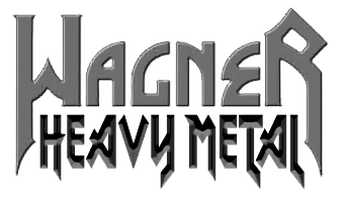
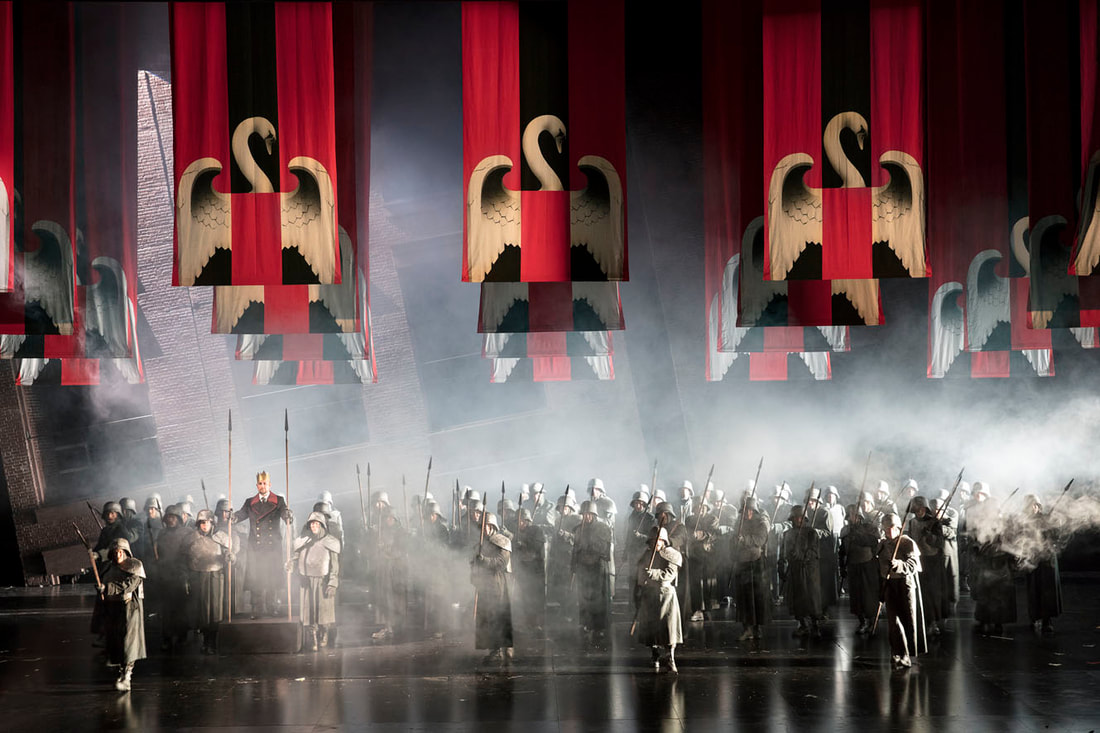
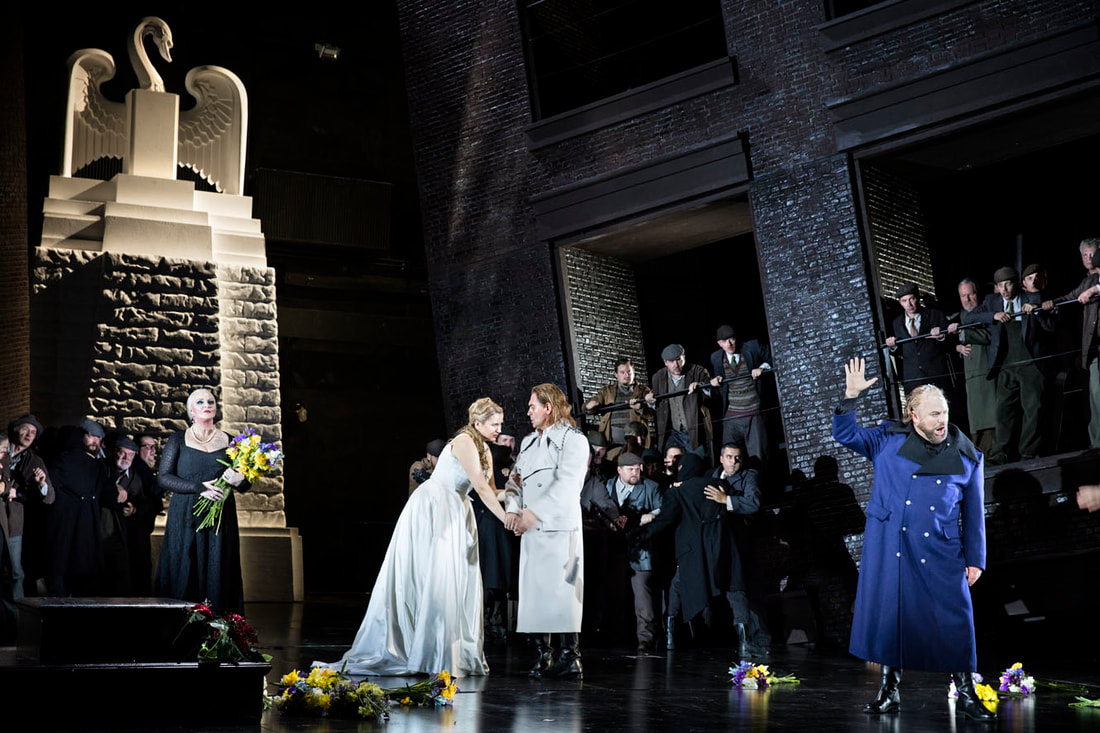
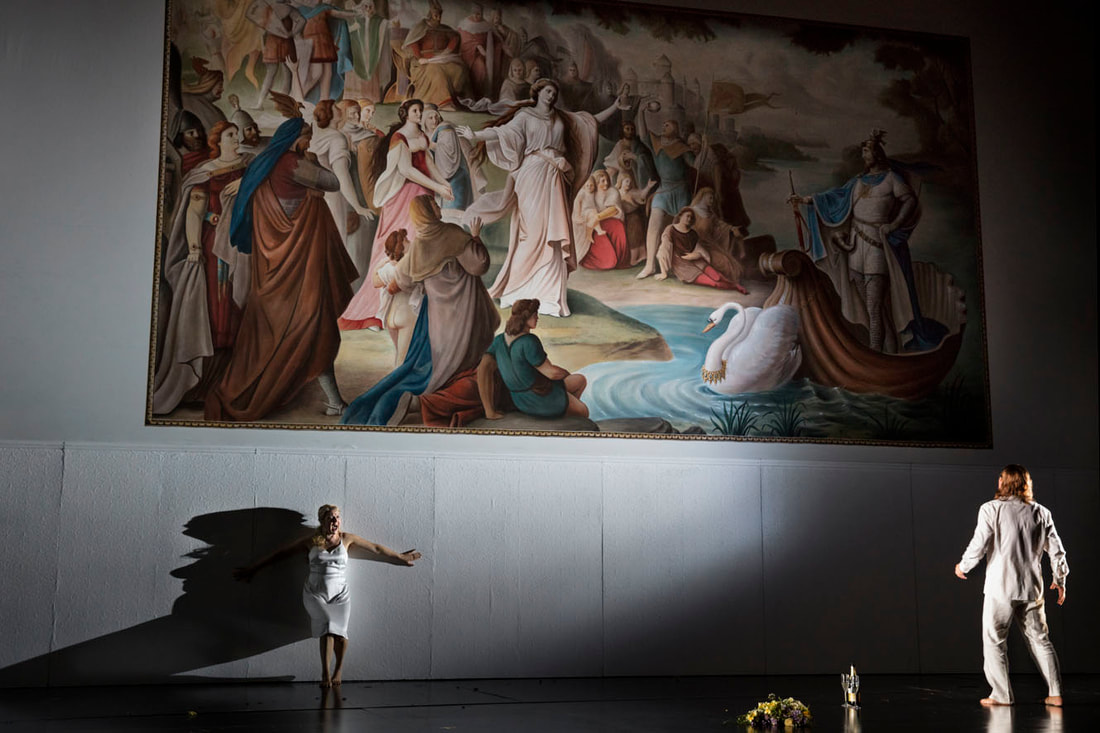
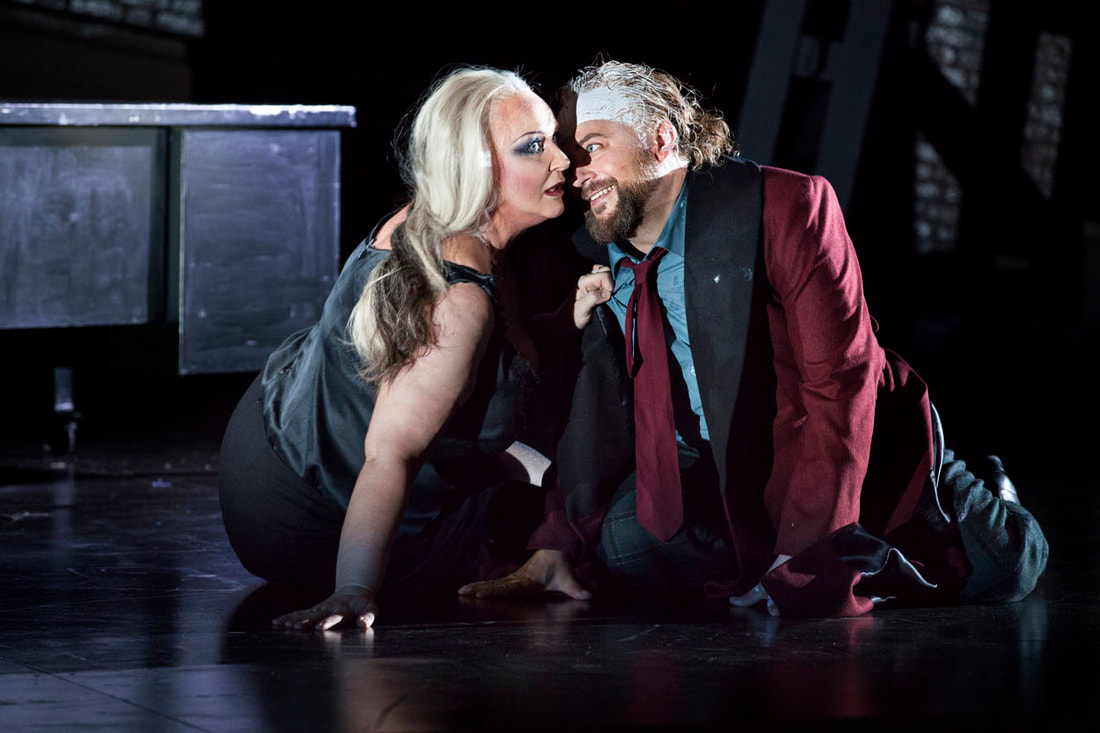
 RSS Feed
RSS Feed